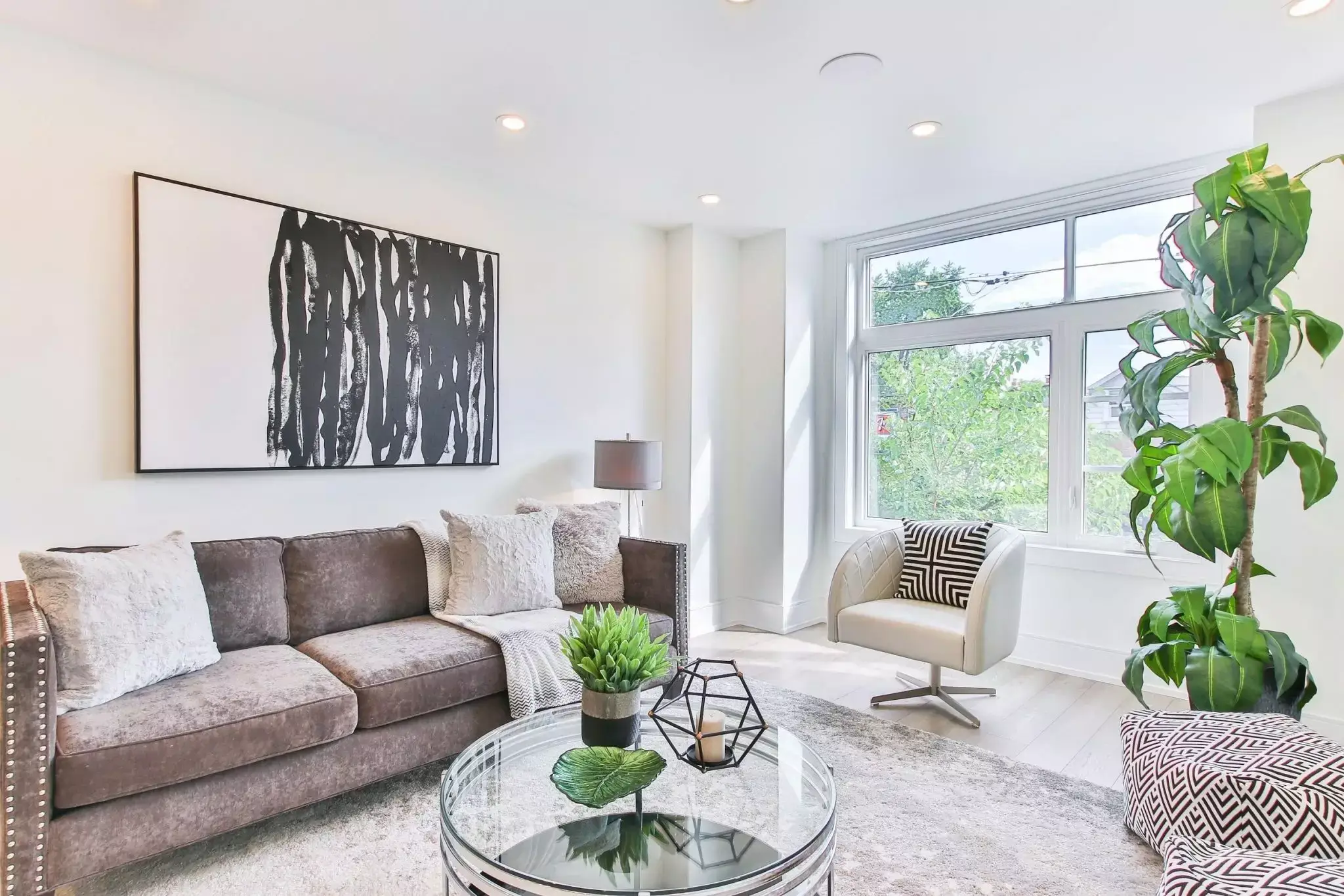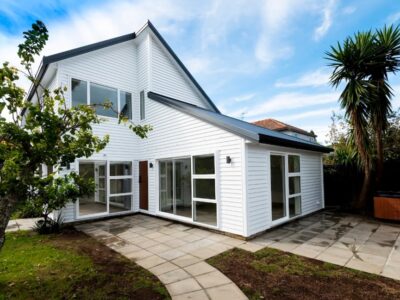When designing any room in your home, it is important to create a focal point. This is an area that will draw the eye and give the room a sense of purpose. There are many ways to create a focal point, but here are some tips to get you started.
Use color to create contrast
If you’re looking to add a touch of drama to your home, consider using color to create a focal point. A bold wall color can make a statement and help to define the space, while also drawing the eye towards a particular feature. For instance, painting a modern fireplace in a contrasting color can help it to stand out and become the focal point of the room. Similarly, using color to highlight an interesting architectural detail can also help to create a focal point. With a little bit of planning, you can use color to create a dramatic and eye-catching focal point in your home.
Incorporate texture
The texture is an important element in interior design, yet it is often overlooked. Incorporating different textures can add interest and depth to a room, making it more enjoyable to spend time in. A good way to incorporate texture is to mix different materials together. For example, pair a smooth wood table with a plush rug. Mixing and matching different textures will create a unique look that is sure to be a focal point in your home.
Hang artwork at eye level
Artwork is a great way to add visual interest to your home. Hanging it at eye level ensures that it will be noticed. A focal point can be created by hanging a piece of artwork over a fireplace, or by grouping several pieces on a wall. If you have high ceilings, you can also hang artwork from the ceiling, drawing the eye upwards and adding a sense of drama to the space. Whatever approach you take, remember that hanging artwork at eye level is a simple and effective way to create a focal point in your home.
Place furniture strategically
When decorating a room, one of the first things to consider is the focal point. The focal point is the element that will draw the eye and establish the overall look of the space. It can be a fireplace, a piece of art, or even a window. Once you have determined the focal point, you can begin to arrange the furniture around it. Placing furniture too close to the focal point can make the space feel cluttered while placing it too far away can make it feel unfinished. Instead, try to create a cohesive look by arranging the furniture so that it frames the focal point. For example, if you have a fireplace as your focal point, you could arrange a sofa and chairs around it. Or, if your focal point is a window, you could place a bookshelf and armchair nearby. By taking the time to create a focal point and arrange your furniture strategically, you can help to give your room a polished look.
Add greenery
One way to create an effective focal point is to add greenery. Plants add life to any space, and they can also help to soften hard edges. By positioning a large potted plant near the center of the room, you can create an instant focal point. Once you have your focal point in place, you can then arrange the rest of the furniture and accessories around it. With a little planning, you can transform any room into a stylish and inviting space.
Use lighting effectively
The right lighting can make all the difference in your home. It can highlight certain areas, create the desired effect, and make your space more inviting. If you want to create a focal point in your home, strategic lighting is key. Whether you use lamps, spotlights, or candles, placement is everything. For example, if you want to focus on a piece of art, you would use task lighting to direct attention to it. Or if you want to create a cozy atmosphere in your living room, you might use accent lighting to highlight certain areas. The possibilities are endless! With a little thought and creativity, you can use lighting to transform your space and create a home that truly reflects your style.













Comments